#dakota oglala
Explore tagged Tumblr posts
Text

Couple Dakota Oglala, Pine Ridge agency - Cross
78 notes
·
View notes
Text
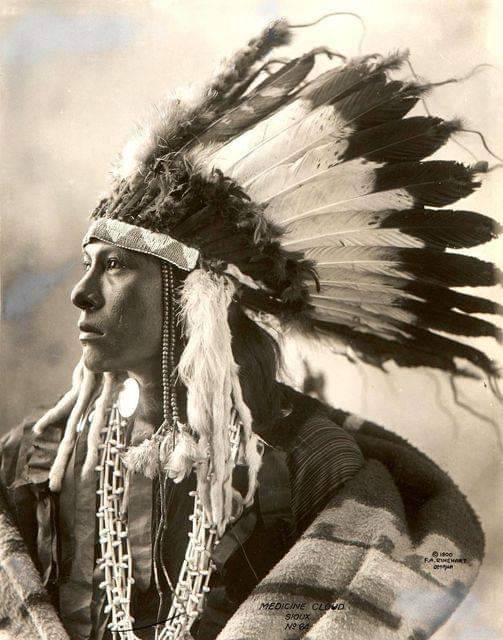
Medicine Cloud (Mahpiya Wakan), Oglala Lakota,
by Frank A. Rinehart, at Pine Ridge, S.D., 1899
26 notes
·
View notes
Text
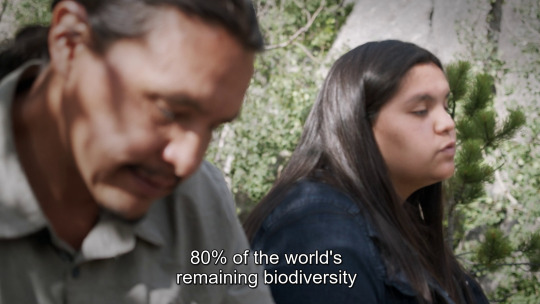
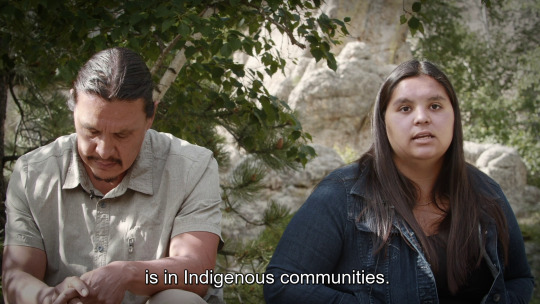

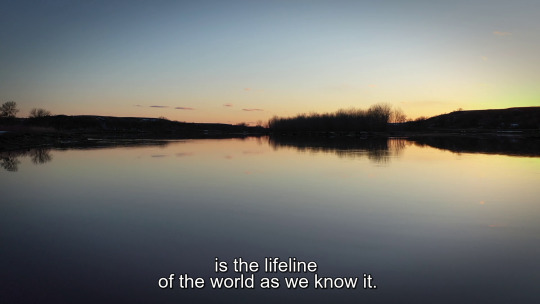
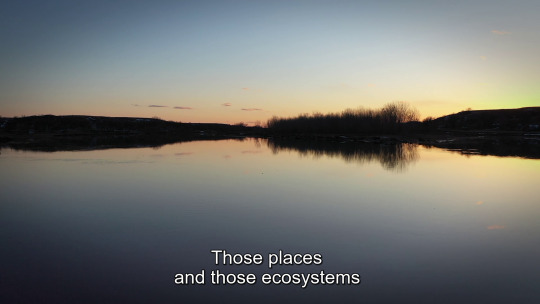
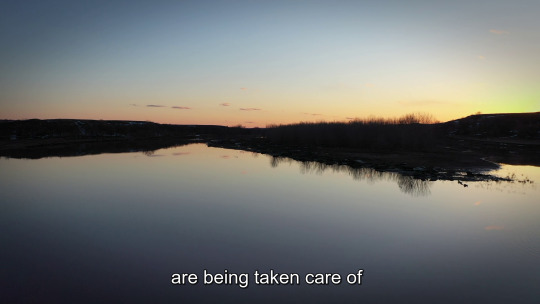



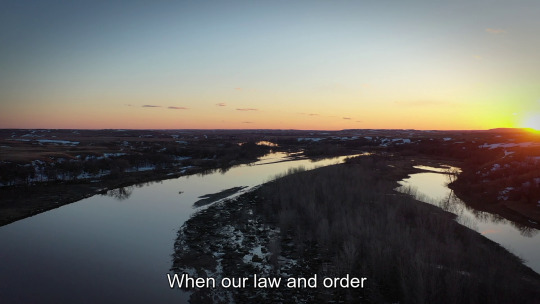

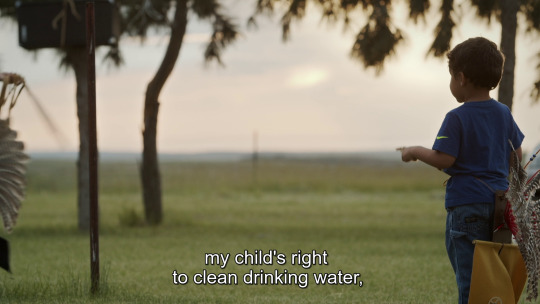

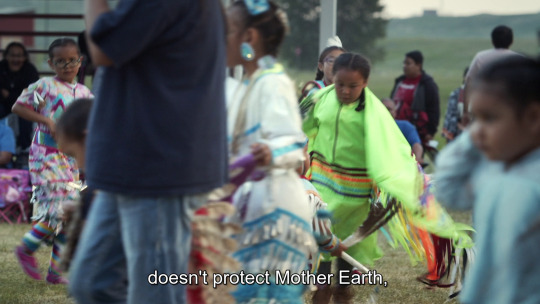
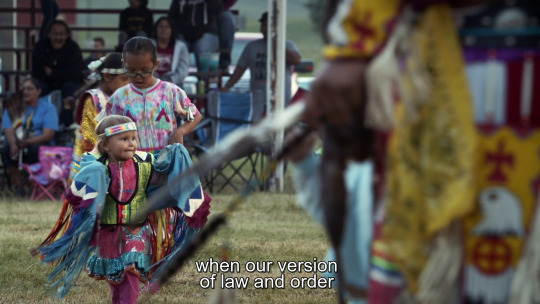
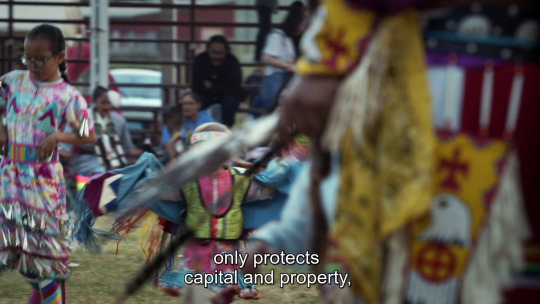
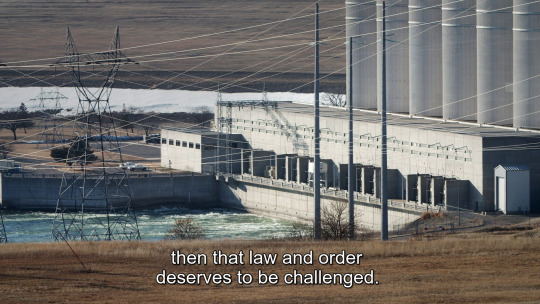
Chase Iron Eyes & Tokata Iron Eyes in Oyate (2022)
#native american#oglala lakota#dapl#indigineous people#indigenous#tokata iron eyes#chase iron eyes#biodiversity#dakota access pipeline
31K notes
·
View notes
Text

a young Lakota woman on the Pine Ridge reservation in South Dakota, 1972
#1972#retro beauty#70s fashion#photography#oglala#lakota#indigenous#south dakota#indigenous american
895 notes
·
View notes
Text
Gov. Kristi Noem, a Trump lickspittle, is banned from 15% of her state of South Dakota. She is one of the contestants for the number two position on Trump's national ticket.
As South Dakota governor Kristi Noem vies for a top position in a second Trump White House, she appears to be more focused on shoring up her vice-presidential chances than on making allies at home — to the point that she is no longer welcome in around 15 percent of the state she governs. Over the past few months, Noem has made several comments about alleged drug trafficking on Native American reservation lands, infuriating a number tribes in the state. In February, the Oglala Sioux Tribe banned her from the Pine Ridge Indian Reservation, the fifth largest in the United States, for claiming without evidence that drug cartels were connected to murders on the reservation. The ban did not dissuade her from making more incendiary remarks. In March, Noem said at a community forum in Winner that there are “some tribal leaders that I believe are personally benefiting from cartels being there and that’s why they attack me every day.” When tribal leaders demanded an apology, Noem doubled down, issuing a statement to the tribes to “banish the cartels.” In response, the Cheyenne River Sioux forbade Noem from setting foot on their reservation, the fourth largest in the U.S. On Wednesday, the Standing Rock Sioux Tribe, the sixth largest in the U.S., banned her as well. On Thursday, a fourth tribe, the Rosebud Sioux, followed suit.
So far, four tribes are banning Noem:
Oglala Sioux
Rosebud Sioux
Cheyenne River Sioux
Standing Rock Sioux
Alleged drug cartels on tribal lands in South Dakota are the local equivalent of millions of migrants illegally voting in 2020. Bullshit is not just a GOP specialty but a dedicated lifestyle.
#south dakota#kristi noem#drug cartels#bullshit#tribal lands#native americans#noem banned on tribal lands#oglala sioux#standing rock sioux#rosebud sioux#cheyenne river sioux#donald trump#trump running mate#election 2024#vote blue no matter who
16 notes
·
View notes
Text




















National Prairie Day
National Prairie Day, on June 1 this year, celebrates the beauty and ecological value of this often-overlooked ecosystem. Spanning more than a dozen American states and several Canadian provinces, the North American prairie is a vast grassland that offers more biodiversity and beauty than most people realize. With their endless, gently rolling plains and highly productive soils, prairies have been a valued location for farming and ranching for thousands of years. Today, only 1% of tallgrass prairie in the United States remains untouched by farming or development. National Prairie Day promotes the appreciation and conservation of America’s native prairies.
History of National Prairie Day
The United States is home to a dazzling array of geographies and environments. Some, like the towering redwoods of California or the majestic cascades of Niagara Falls, enjoy worldwide reputations as media darlings and tourist hotspots. Other ecosystems, like the humble prairie that covers much of the interior United States, receive fewer accolades but play crucially important roles in the development of the nation.
Defined as a flat grassland with a temperate climate and derived from the French for ‘meadow,’ ‘prairie’ has become almost synonymous with the expansion of the American frontier. Flanked by the Great Lakes and the grandiose Rocky Mountains, the North American prairie extends across 15% of the continent’s land area. Other examples of similar grasslands around the world include the pampas in Argentina, the Central Asian steppes, and the llanos of Venezuela.
There’s more to the prairie than meets the eye. In fact, tall grass prairies host the most biodiversity in the Midwest and provide a home for dozens of rare species of animals and plants, including bison, antelope, elk, wolves, and bears.
Native prairies face extinction as more and more land is converted to agricultural and ranching use. Due to its rich, fertile soil, prairie land is prized for agricultural use. Around the world, almost three-quarters of agricultural regions are located in grassland areas. With only 1% of tallgrass prairie in the U.S. remaining untouched, the American tallgrass prairie is now one of the most endangered ecosystems on the planet. The Missouri Prairie Foundation launched National Prairie Day in 2016 to raise awareness and appreciation for the nation’s grasslands. The organization seeks to protect and restore native grasslands by promoting responsible stewardship, supporting acquisition initiatives, and providing public education and outreach.
National Prairie Day timeline
6000 B.C. The Prairie Forms
The North American prairie forms roughly 8,000 years ago when receding glaciers give way to fertile sediment.
1800s The American Prairie Decimated
Throughout the 19th century, farmers and ranchers, excited about the rich potential of prairie soil, convert almost all of the American prairie to farmland and grazing land.
Early 1930s The Dust Bowl
The combination of years of mismanagement, the stock market crash, and drought conditions come to a head as thousands of families in Oklahoma, Texas, and other parts of the Midwest lose everything when their farms fail, driving them to California and elsewhere to seek work in more fertile fields.
2016 First National Prairie Day
The Missouri Prairie Foundation launches the National Prairie Day campaign to promote awareness and conservation of the vanishing ecosystem.
National Prairie Day Activities
Learn about the prairie
Donate to a conservation group
Plan a visit to a famous prairie
Do a little research to learn about this important American ecosystem and the role it has played in the cultural and economic development of our country.
If you're concerned about the loss of the American prairie, donate to a grasslands conservation group to support their work.
Do you live near a prairie? Try finding the grassland nearest you and plan a visit.
5 Interesting Facts About Prairies
‘Prairie schooners’
Dogtown
Where the buffalo roam
Carbon hero
Rising from the ashes
During the 1800s, when Americans embarked on the long journey westward, their covered wagons were often referred to as ‘prairie schooners.’
Prairie dogs live in vast networks of underground burrows called ‘towns,’ which can cover hundreds of acres and house thousands of prairie dogs with complex social relationships.
When Europeans first arrived in North America, up to 60 million bison roamed the plains — by 1885, there were fewer than 600.
Prairies can help fight climate change — one acre of intact prairie can absorb about one ton of carbon each year.
On the prairie, wildfires can actually be a healthy thing — with more than 75% of their biomass underground, prairie plants are uniquely suited to surviving and thriving after a fire.
Why We Love National Prairie Day
The prairie often gets overlooked
Native grasslands are critically endangered
It reminds us of the diversity of America's ecosystems
It's not often we remember to celebrate grasslands, yet the prairie plays an important role in America's cultural past and environmental future.
With only 1% of America's native prairie remaining, it's more urgent than ever to conserve and protect this vital resource.
The United States has more environmental variety than almost any other country on earth. Celebrating each unique ecosystem reminds us to appreciate and protect all the beauty our country has to offer.
Source
#Alberta#big sky country#Custer State Park#I love Custer State Park#flora#nature#meadow#original photography#landscape#countryide#vacation#travel#summer 2019#South Dakota#Trans-Canada Highway#Wyoming#Nevada#I'll be back this summer#USA#National Prairie Day#NationalPrairieDay#first Saturday in June#1 June 2024#White Mountain#Nebraska#Oglala National Grassland#Saskatchewan#Texas#landmark#tourist attraction
4 notes
·
View notes
Text
South Dakota tribe banned Gov. Noem from reservation over comments on U.S.-Mexico border
A South Dakota tribe has banned Republican Gov. Kristi Noem from the Pine Ridge Reservation following her remarks on deterring immigration at the U.S.-Mexico border. “Due to the safety of the Oyate, effective immediately, you are hereby Banished from the homelands of the Oglala Sioux Tribe!” Tribe President Frank Star Comes Out said in a statement on Friday. “Oyate” means people or nation. Star Comes Out accused Noem of using the border issues as a way to get former president Donald Trump re-elected and increase her chance of being his choice for vice president. The tribal leader said some migrants coming to the U.S.-Mexico border are in search of a "better life" and are indigenous people from El Salvador, Guatemala, and Mexico. “They don’t need to be put in cages, separated from their children like during the Trump Administration, or be cut up by razor wire furnished by, of all places, South Dakota,” he said.
10 notes
·
View notes
Text
tatanka means gif pack

CLICK THE SOURCE LINK BELOW and you will be redirected to a ko-fi shop link ($0+) to gain access to #46 245x150px gifs of Tatanka Means as Charges the Enemy in The Son Season 1 (2017)! These were created from scratch by Sveja. Do what you want with these, just don’t repost/claim as your own, don’t use them to play Tatanka or in any smut/smut-based blogs, and like/reblog if using. If you like what I’m doing, feel free to commission me (/commissionsinfo) or send me a ko-fi (/svejarph).
Tatanka was 31-32 during filming and is Oglala Lakota Sioux, Yankton Dakota Sioux, Omaha, and Navajo. Please cast him accordingly. The scenes where he appears takes place in 1849-1850.
tw: implied death ; blood, eating, fighting, fire, flickering lights, horses, injury, shaky camera, shirtlessness, violence, wounds
#indigenousrph#periodfcnetwork#tatanka means#tatanka means gif pack#fc: tatanka means#fc: 30s#fc: cis man#fc: native american#tribe: oglala lakota sioux#tribe: yankton dakota sioux#tribe: omaha#tribe: navajo#gif pack#period fc#**Sveja#death tw#blood tw#eating tw#fighting tw#fire tw#flickering lights tw#horses tw#injury tw#shaky camera tw#shirtlessness tw#violence tw#wounds tw
76 notes
·
View notes
Text

Letters To The Editor Policy: The West River Eagle welcomes letters up to 250 words. Letters to the editor are limited to one per month per person. Profanity, name-calling, or personal attacks will not be published, nor will letters deemed to be in poor taste. Libelous or slanderous statements will also not be published. Letters to the editor must be clear, accurate, and signed by the author. For verification purposes, letters to the editor must include full name, home address, and day and evening phone numbers. Contact information is for our purposes only – we will not share it with anyone else. Anonymous letters and letters written under a pseudonym will not be printed. Letters may be edited for length, grammar, and accuracy. Letters will be published on a space-available basis, and there are no guarantees they will be published the week they are submitted. The West River Eagle will not accept letters to or about political candidates 30 days before an election. *Letters to the editor are not the views of the West River Eagle staff – they are solely the opinions of the author. To submit a letter to the editor, send an email to [email protected]
Events, businesses, and human individuals or groups can be submitted with relevant story and contact information to [email protected] as well.
DISPLAY ADVERTISING DEADLINE: 12:00 NOON Monday LEGAL ADVERTISING DEADLINE: 5:00 p.m. Friday
#westrivereagle #oglalalakota #lakota #cheyenneriversiouxtribe #cheyenneriver #eaglebutte #southdakota
#cheyenne river#eagle butte#oglala lakota#south dakota#westrivereagle#lakota#cheyenne river sioux tribe
2 notes
·
View notes
Text

Omaha Dance, Rosebud, Dakota Oglalas - Cross - 1891
40 notes
·
View notes
Text

Native American Sioux Dakota Oglala
1900
He Crow, Oglala man - Curtis - 1907
24 notes
·
View notes
Text
Our farm.
4 notes
·
View notes
Text

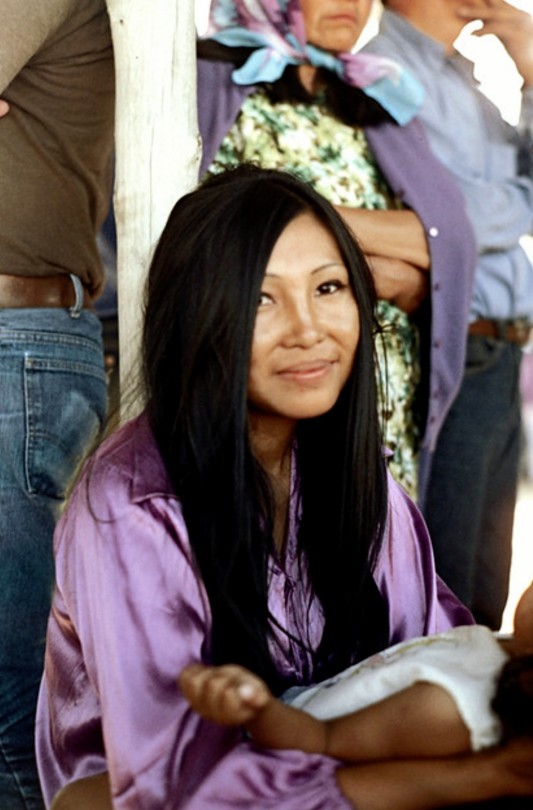

Ojibwe activist Dennis Banks and Oglala Lakota youths on the Pine Ridge reservation in South Dakota (1972)
#oglala#indigenous#lakota#1972#photography#nick dewolf#retro beauty#child#70s families#south dakota#dennis banks#activist#indigenous american
305 notes
·
View notes
Text

The memorial to Oglala Lakota leader Crazy Horse has been under construction for about 70 years. It is located in South Dakota.
He participated in the Battle of the Little Bighorn in defense of Oglala land, but eventually brokered a surrender with the white leaders of government troops. The exact details of Crazy Horse's personal life are shrouded in mystery, but he's still remembered as one of the most prominent Native American figures of his time.
The Oglala are one of the seven subtribes of the Lakota people.
3 notes
·
View notes
Text
South Dakota Gov. Kristi Noem (R) is now banned from all tribal lands in the state after the Flandreau Santee Sioux Tribe voted to bar her from their reservation Wednesday, citing her repeated claims that tribal leaders work with drug cartels.
Noem sparked the controversy in March when she said tribal leaders benefit from the presence of cartels operating on their land.
“We’ve got some tribal leaders that I believe are personally benefiting from the cartels being there, and that’s why they attack me every day,” the governor said at a forum in March. “But I’m going to fight for the people who actually live in those situations, who call me and text me every day and say, ‘Please, dear governor, please come help us in Pine Ridge. We are scared.’”
#Kristi Noem puppy killer#Kristi Noem dog killer#Kristi Noem goat killer#kristi noem#Cheyenne River Sioux#Crow Creek Sioux#Flandreau Santee Sioux#Lower Brule Sioux#Oglala Sioux#Rosebud Sioux#Sisseton Wahpeton Oyate#Standing Rock Sioux#Yankton Sioux#south dakota#typical lying republican#typical republican#sioux
1 note
·
View note